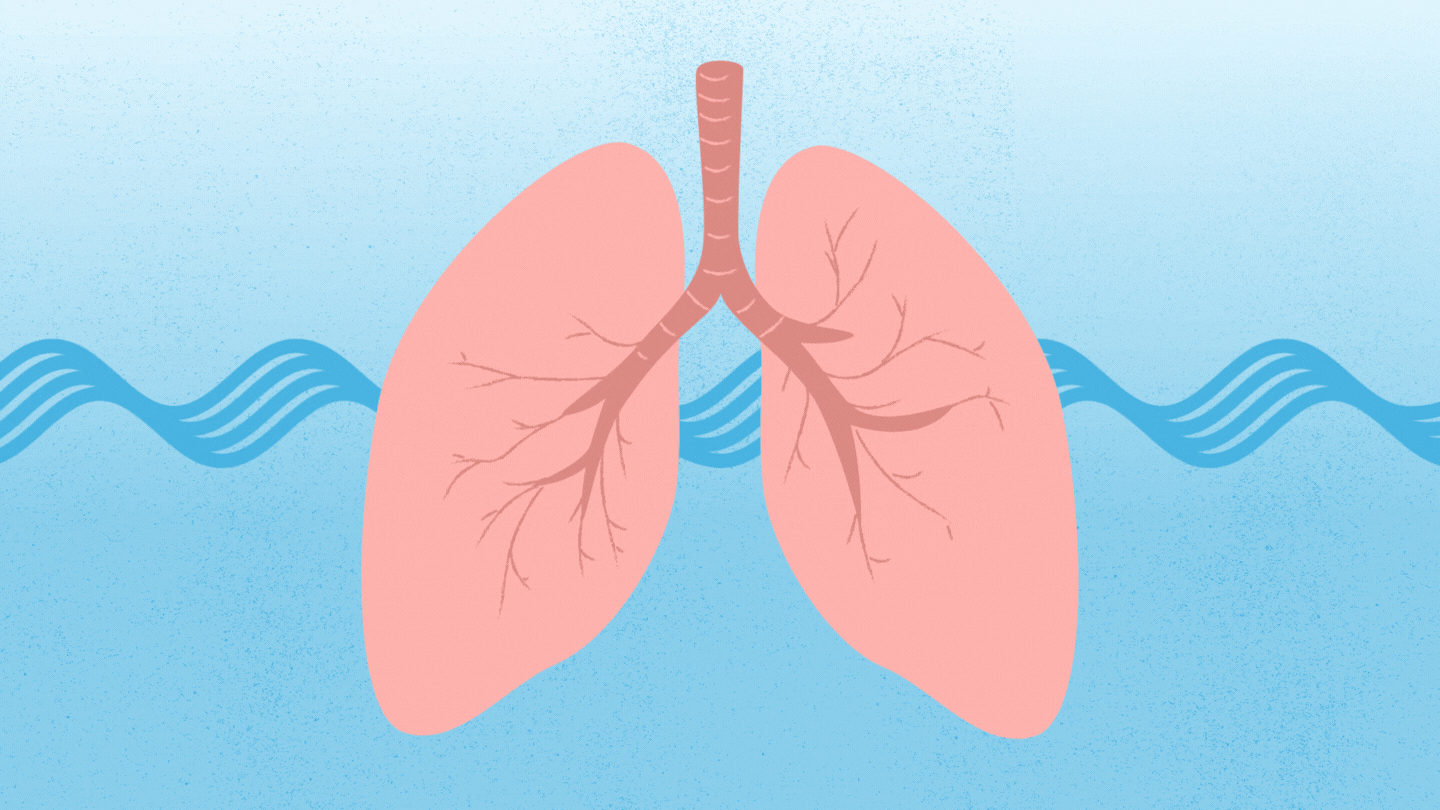Surgery may be necessary to remove a tumor. For many head and neck cancers — including cancer of the thyroid, salivary gland, and mouth — a surgeon will remove the cancerous tumor as well as surrounding tissues and lymph nodes if necessary (for example, if it’s possible the cancer has spread).
Other surgery options for head and neck cancers in harder-to-reach areas include:
- Endoscopic Surgery This procedure uses an endoscope — a thin, lighted tube with a camera lens — to view the tumor and surrounding structures and a laser to vaporize or cut out the tumor. An endoscope is often used for removing tumors in the sinuses to avoid incisions on the face. It can also remove cancers from the far areas of the mouth and neck.
- Transoral Robotic Surgery (TORS) This is used to remove tumors of the throat at the back of the mouth (oropharynx). The system includes a robotic arm mounted with surgical knives and lasers and a separate arm with a camera to display high-definition three-dimensional images to guide the surgeon.
Whenever possible, doctors will use a minimally invasive surgery to shorten the recovery time and prevent disfiguration. Surgery may be followed by other therapies, including radiation, chemotherapy, or both, to destroy any cancer cells that couldn’t be removed during surgery.
If surgery results in the removal of the tongue, jaw, or major tissue, reconstructive surgery may be performed to restore the appearance and function of the area.
A specific surgical treatment may be recommended depending on the location and the stage of the cancer. Types of cancer in which surgery may be necessary include:
- Cancer of the voice box: This may include the larynx (voice box), vocal cords, or part of the pharynx (the cavity behind the nose and mouth). Minimally invasive robotic surgery can be used to access hard-to-access areas of the throat. A surgical operation that removes the voice box plus a portion of the throat and potentially part of the esophagus or thyroid is called a laryngopharyngectomy. A partial laryngopharyngectomy removes part of the throat and part of the voice box.
- Mouth cancer: This may involve removing and reconstructing part of the jaw, roof of the mouth, or tongue, depending on the size and location of the tumor.
- Sinonasal cancer: Surgery is often performed using endoscopic technology to prevent incisions to the face.
- Salivary gland cancer: An incision is made in front of the ear and down the neck. Radiation therapy may be used to destroy remaining cancer cells in or around the salivary glands.
- Cancer of the lymph nodes in neck: Removal of lymph nodes may be required.
Side Effects of Surgery
Side effects of surgery depend on the type and location of the surgery. Common side effects from head and neck surgery include:
- Temporary or permanent loss of voice
- Numbness
- Impaired speech
- Difficulty swallowing or chewing
- Swelling of the mouth or throat area
- Facial drooping, numbness, or disfigurement
Recovery times vary. You may be able to go home the same day as surgery for early-stage cancer, with a recovery time of two to three days. More complicated surgery, including reconstruction, may require a longer hospital stay and several weeks to recover.
Read the full article here




